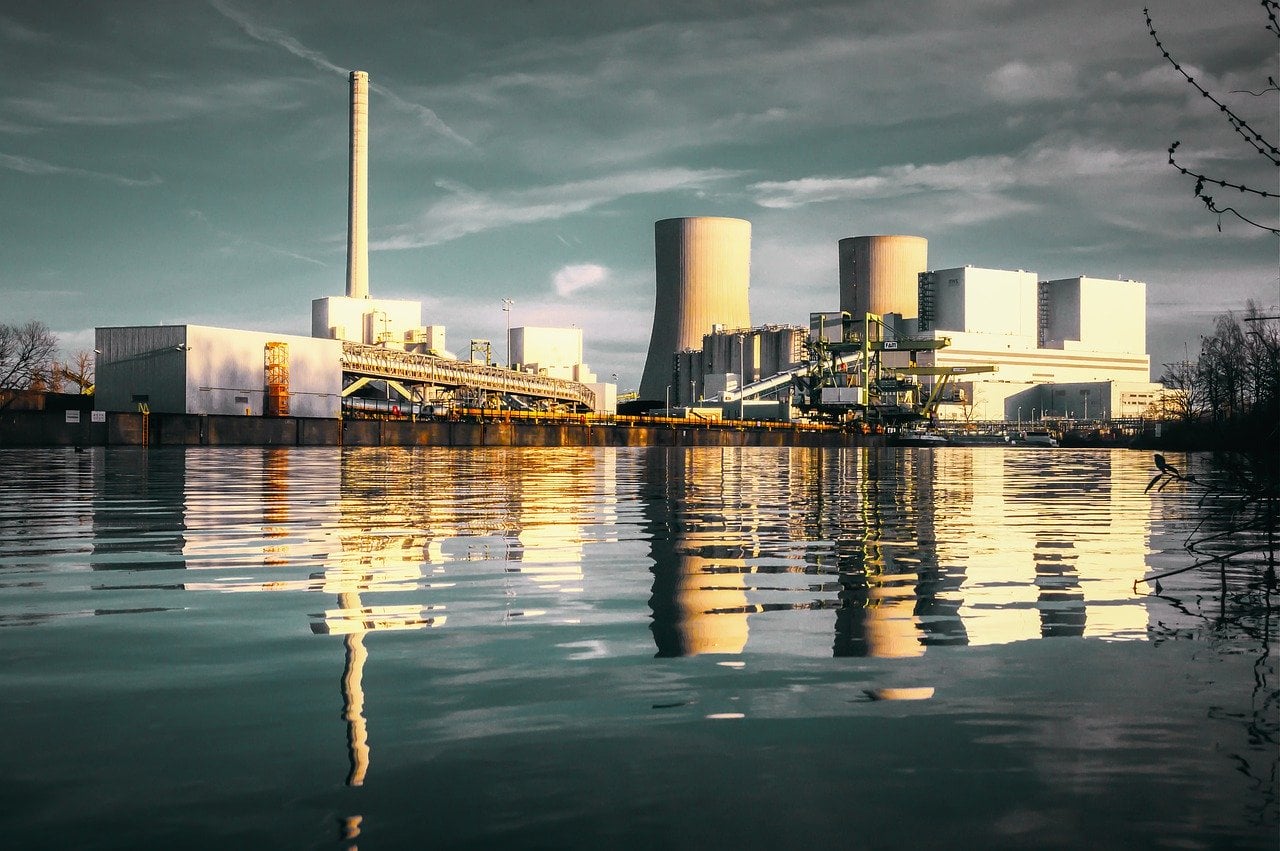New S&P Analysis: Energy companies provide more robust carbon disclosures than other sectors
Q2 2020 hedge fund letters, conferences and more
A new S&P Global Market Intelligence analysis found that larger U.S. publicly traded companies tend to be more transparent than smaller ones about their climate risks, and energy, utilities and materials companies generally disclose them more than other industries regardless of their size.
Large Energy Companies Tend To Have Higher Carbon Disclosure Ratios
An analysis of Trucost data shows that larger companies tend to have higher disclosure ratios:
- 89% of U.S. publicly traded companies with $5 billion or more in market capitalization in the energy and utility sectors had a weighted carbon disclosure ratio above 75%.
- About 80% of large-cap companies in the materials sector achieved a ratio above 75% while 57% of consumer companies, 44% of financial companies, 37% of healthcare companies and 35% of technology media, and telecommunications companies achieved a ratio in the top quartile.
- Power companies are largely ahead of the pack because the electric utility sector has higher direct impacts on the environment than most sectors and is generally further along on carbon disclosures.
- Within the energy utility subsector, 93% of electric utilities, all four independent power producers and energy traders, and 93% of multi-utilities that hold both natural gas pipeline and electric generation assets had a 2018 Trucost carbon disclosure ratio of 75% or higher.
- In comparison, 10 out of 11 gas utilities received a 2018 Trucost carbon disclosure ratio of zero.
Background: Trucost, a part of S&P Global Market Intelligence, is a leader in carbon and environmental data and risk analysis. The unit assesses risks relating to climate change, natural resource constraints, and broader environmental, social, and governance factors. It was acquired by S&P Global in 2016.
See the full analysis here by S&P Global Market Intelligence














